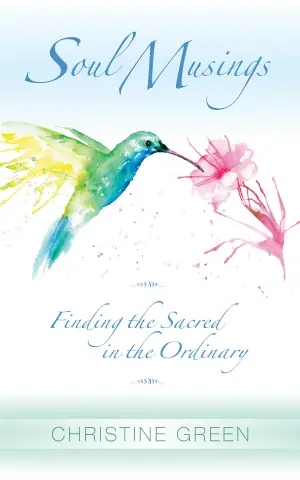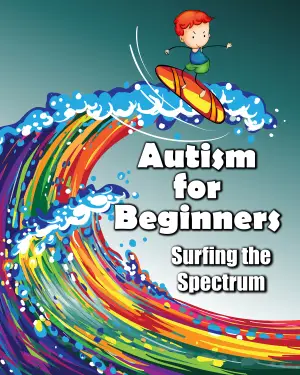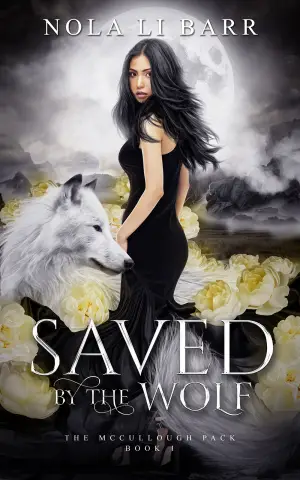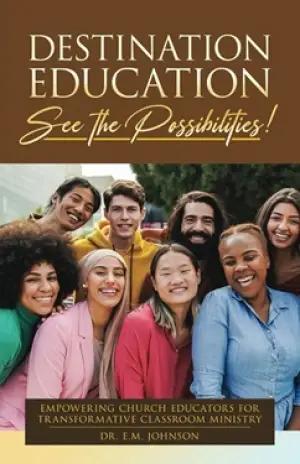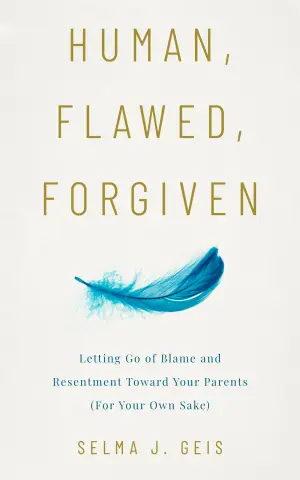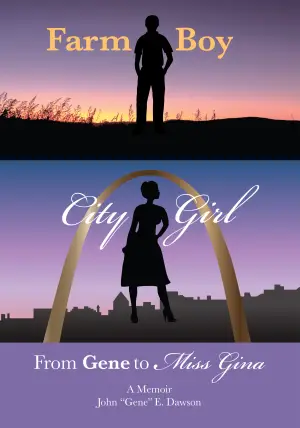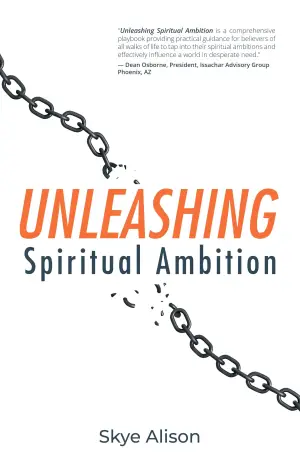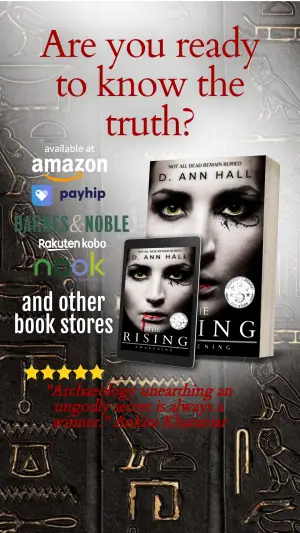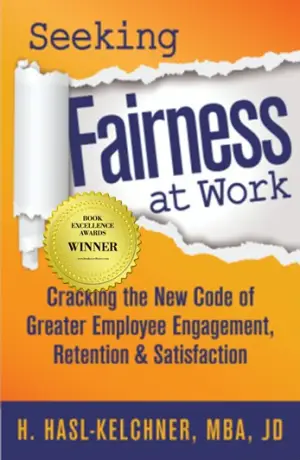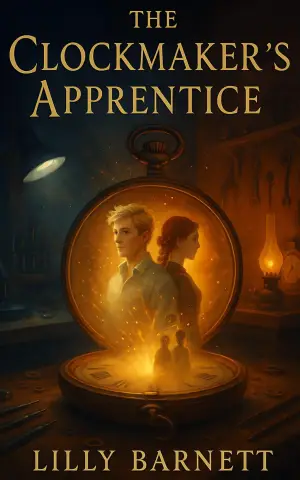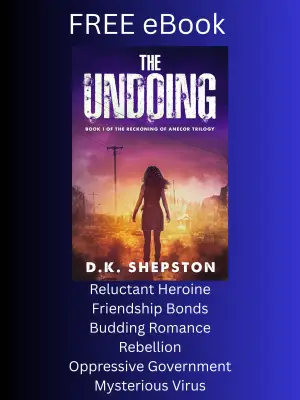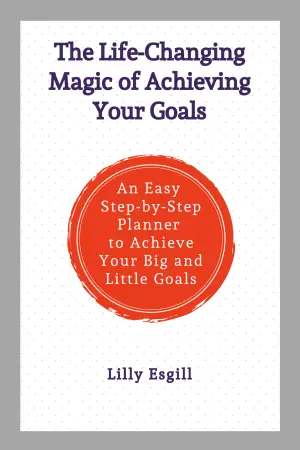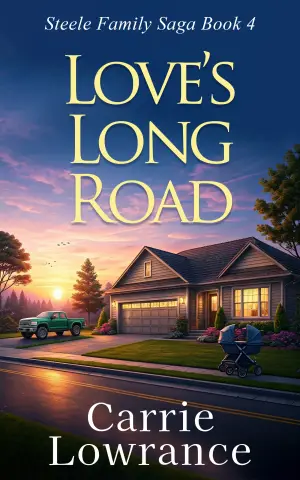What Happened to Rachel Riley? – A Heartfelt Exploration of Acceptance and Empathy
When I embarked on my themed reading of potential Newbery Medal nominees for 2024, I didn’t expect to be swept away by a story as heartfelt as What Happened to Rachel Riley? by Amanda Swinarski. This poignant narrative captivated me from the moment I read its premise. As someone who has always been curious about the dynamics of school social hierarchies, the tale of a former popular girl turned pariah felt particularly relevant in our times of social media scrutiny and peer pressure.
At the heart of the story is Anna Hunt, a new girl navigating life in Madison, Wisconsin, with her family while grappling with the mysteries surrounding Rachel Riley. The unique structure of the novel had me hooked right away; Anna’s “un-essay” assignment evolves into a podcast that seeks to uncover the reasons behind Rachel’s sudden ostracization. I loved how Swinarski splashed different media—emails, texts, and podcast transcripts—throughout the narrative, creating a collage that felt both modern and relatable. It’s a refreshing take that captures how teenagers communicate in today’s digital age.
Anna’s journey is rife with obstacles, not just those of fitting in but also confronting uncomfortable truths about friendship, loyalty, and the complexities of human behavior. She learns quickly that curiosity and empathy can sometimes put you at odds with those who feel threatened by your pursuit of truth—a theme that resonated deeply with me. As Anna delves into Rachel’s life, I found myself not only rooting for her but also reflecting on the importance of understanding the struggles of others. It’s a lesson in character development that’s beautifully executed; I genuinely cared about each character’s arc and their motivations.
Swinarski’s writing style is delightful, blending humor and heartache in equal measure. The pacing felt just right; I was able to savor each vignette of Anna’s interactions with her family—especially her dynamic with her immigrant mother and tech-savvy sister, Nikola. These relationships are rich and layered, adding depth to Anna’s character and grounding the story in reality. One particular quote struck me: “Understanding others doesn’t mean you have to agree with them, but it does mean you must see them.” It encapsulates the book’s core message about empathy and the importance of listening.
Admittedly, I had a few minor gripes, especially regarding the treatment of complex issues in a somewhat simplistic way. Additionally, I found a reference to Robert Frost that misattributed the title of his iconic poem, which felt slightly out of place. However, these points did little to diminish my overall experience. Instead, they became mere footnotes in a richer discussion about how challenging real social problems can be handled with sincerity.
In conclusion, I wholeheartedly believe that What Happened to Rachel Riley? is a must-read, especially for middle-grade and young adult audiences. It will resonate with teens navigating their own social challenges and adults looking to reminisce about their own school days. Swinarski’s story serves as a powerful reminder of the impact empathy can have on our communities. I walked away not only entertained but also enriched, with a deeper appreciation for the nuances of acceptance and understanding in the diverse social tapestry of our lives. If you’re looking for a heartfelt read that balances humor with profound truths, look no further than this exceptional work.
Discover more about What Happened to Rachel Riley? on GoodReads >>

